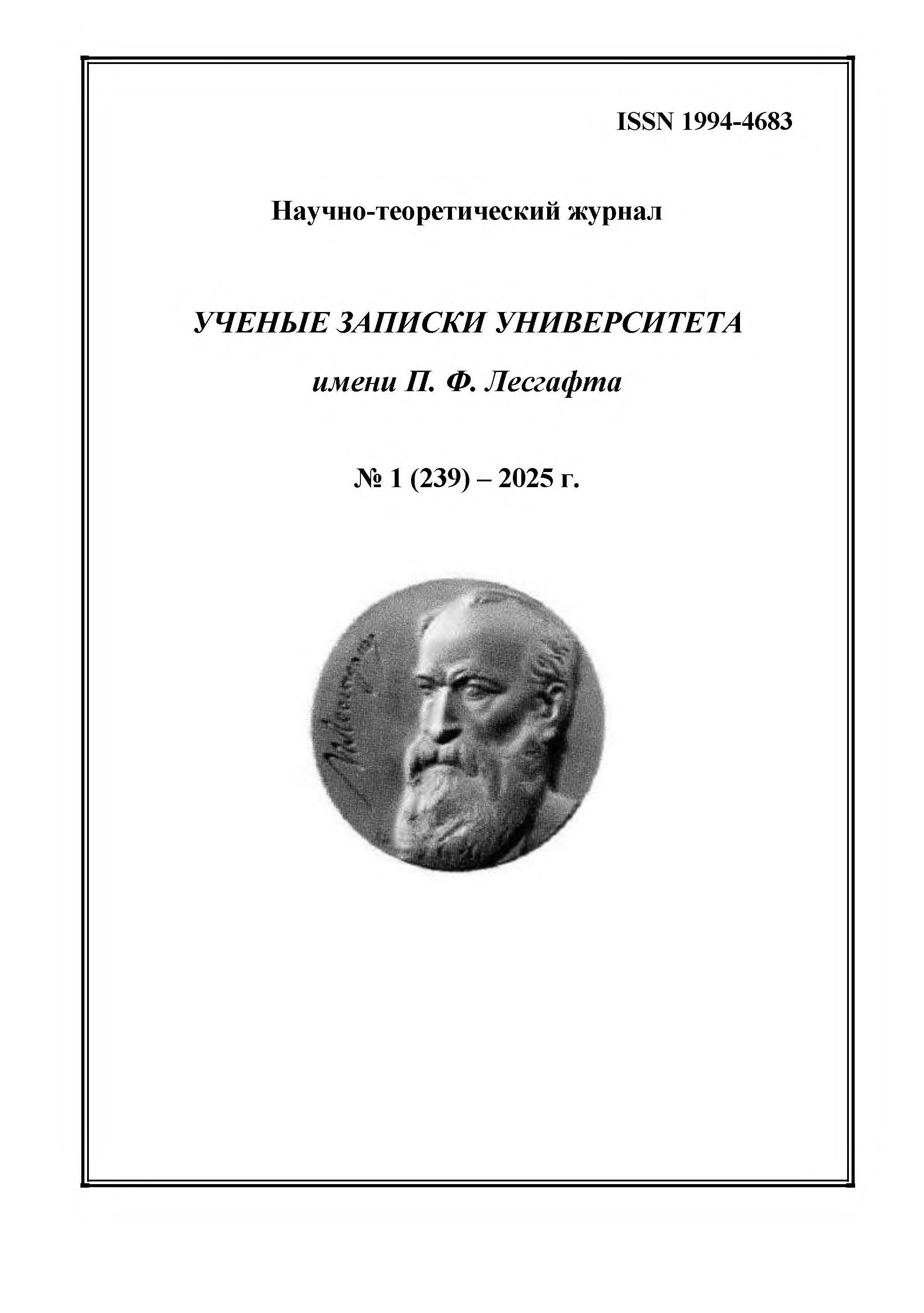employee from 01.01.1997 to 01.01.2025
Tula, Tula, Russian Federation
CSCSTI 77.01
The purpose of the study is to determine the attitude of students from a non-physical education university towards physical culture. Research methods and organization. Methods of generalization and analysis of scientific and methodological literature were employed, along with surveys, mathematical processing, and analysis of the obtained data. The study was conducted at the Tula State Pedagogical University named after L.N. Tolstoy, with 175 first-year students participating in the sociological survey. Research results and conclusions. Various physical education and sports events held within the walls of TSPU hardly generate interest among students. According to the authors, possible reasons for this are the insufficient motivation of students to lead a healthy lifestyle, difficulties in adaptation during the initial years of study, and a limited budget of free time. The priority types of physical activities for students include: active leisure, walks, games; independent studies; and section classes. Among paid services, a significant portion of young people is interested in massages, saunas, and visits to swimming pools. The most common forms of physical activity among first-year students are walking, physical labor at home, bike rides, and sporting and active games. It has been determined that health-related running, swimming, and gymnastics are not sufficiently in demand among students. The importance of purposefully fostering a positive attitude towards the values of physical culture and a sustained interest in physical activities through the improvement of educational and methodological support for the educational process is justified.
physical culture of the student, physical activity, physical education activities, sociological research
1. Batsunov S. N., Tsapov E. G., Usselemova N. A. (2017), “The modern paradigm of the development of physical culture and sports in higher education”, Philological sciences: issues of theory and practice, No. 7-1 (73), pp. 179–182.
2. Usselemova N. A., Usselemov S. V. (2018), “Analysis of sociological information on the importance of physical culture in the professional training of technical university students”, The world of science. Sociology, philology, cultural studies, No. 2, URL: https://sfk-mn.ru/PDF/06SCSK218.pdf.
3. Bondin V. I., Ponomarev A. E., Pestrikov E. A. (2023), “Modern approaches to the formation of motivational and value orientations of students to strengthen and preserve health by means of physical culture”, Scientific Notes of Lesgaft University, No. 2 (216), pp. 26–32, DOIhttps://doi.org/10.34835/issn.2308-1961.2023.02.p26-32.
4. Chelnokova E. A., Agaev N. F., Tyumaseva Z. I. (2018), “Formation of students' motivation to engage in physical education and sports in higher education”, Bulletin of the Mininsky University, No. 1 (22), URL: https://elibrary.ru/download/elibrary_32833342_24700753.pdf, DOIhttps://doi.org/10.26795/2307-1281-2018-6-1-6.
5. Veselkina T. E., Rumba O. G., Kononov S. V., Romanchenko S. A. (2023), “The results of a study of the motor activity of students of a non-physical education university in different periods of the calendar year”, Scientific Notes of Lesgaft University, No. 3 (217), pp. 83–88, DOIhttps://doi.org/10.34835/issn.2308-1961.2023.03.p83-88.
6. Alzhanov Kh. Kh., Krylova T. I., Matyunina N. V., Kuritsyna A. E. (2025), “Studying students' interest in physical education in higher education”, Izvestiya TulSU. Physical Culture. Sport, No. 2, pp. 3–10, DOIhttps://doi.org/10.24412/2305-8404-2025-2-3-10.
7. Lubysheva L. I. (2004), “Sociology of physical culture and sports”, 2nd ed., stereotype, Moscow, Publishing center "Academy", 240 p., ISBN 5-7695-1993-2.
8. Dutova I. V., Arkhipova S. A., Merkulova I. V. (2019), “Assessment of the dynamics of students' motivation to a healthy lifestyle based on long-term observations”, Izvestiya Tulskogo gosudarstvennogo universiteta. Physical Culture. Sport, No. 5, pp. 20–26.







